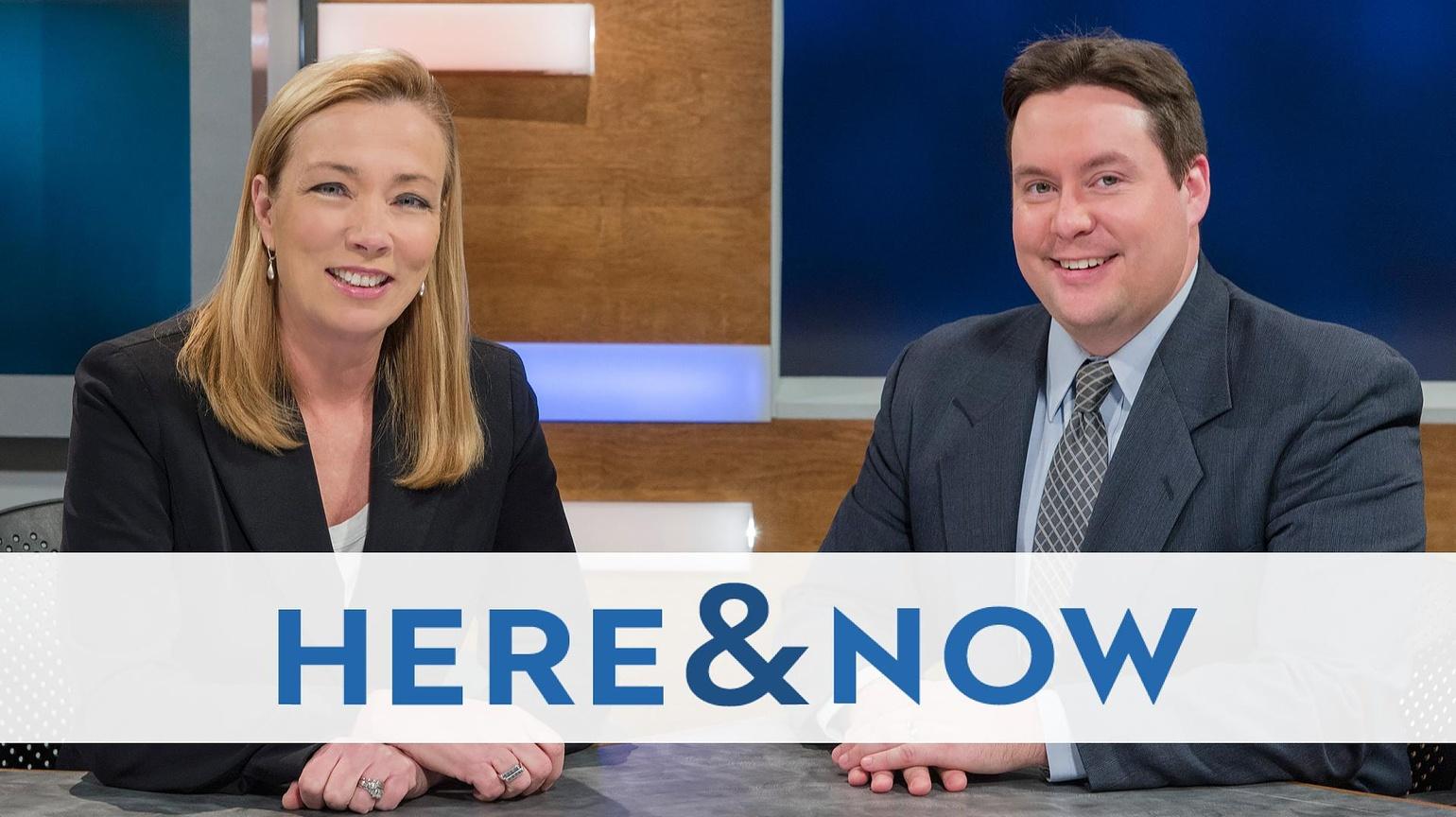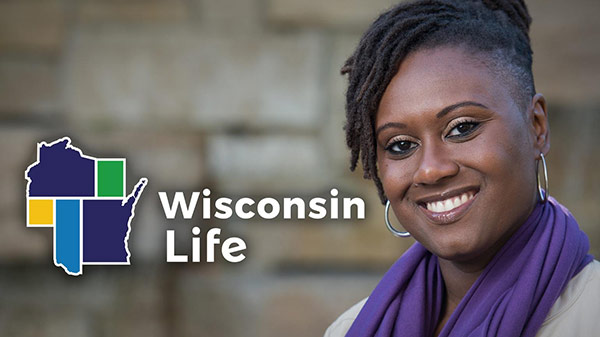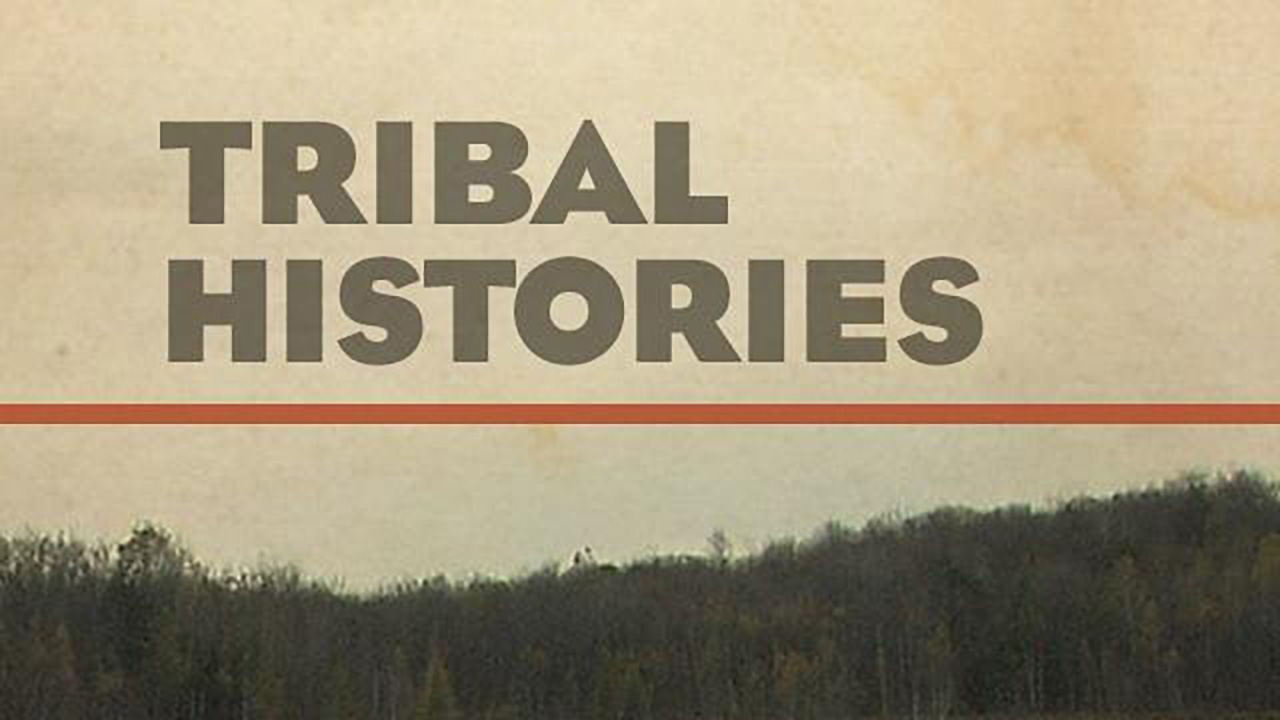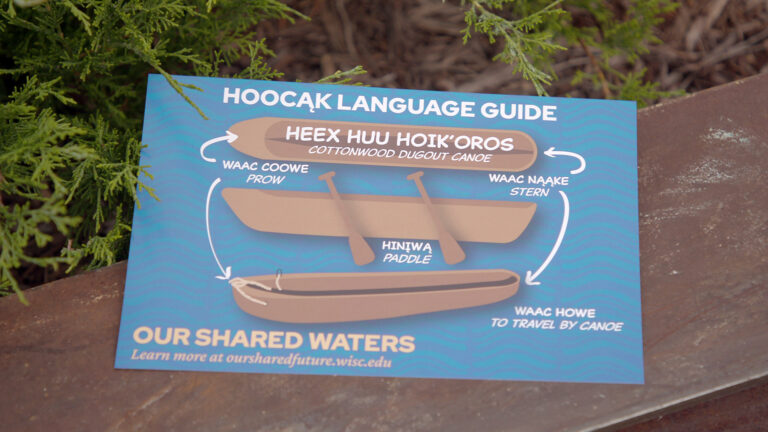WPR's 'Wisconsin Today': Indigenous affairs reporting
Wisconsin Public Radio's "Wisconsin Today" interviews PBS Wisconsin Indigenous affairs journalist Erica Ayisi and IndiJ Public Media President and CEO Katie Oyan about reporting on Native communities.
By Erica Ayisi | Wisconsin Public Radio
September 23, 2025
"Wisconsin Today" interview of Erica Ayisi and Katie Oyan on Indigenous affairs reporting.
VIDEO TRANSCRIPT
[music]
Rob Ferrett:
Now — a new partnership in Wisconsin aims to boost coverage of Native American communities. Journalists are often criticized for the way that they've covered Native Americans and for the lack of attention they give to tribal issues.
Kate Archer Kent:
That led Tim Giago to found the first independent Native American newspaper, the "Lakota Times," in 1981. It evolved into Indian Country Today, which was later rebranded as ICT. It's now part of a larger nonprofit organization, IndiJ Public Media.
Rob Ferrett:
In partnership with PBS Wisconsin, IndiJ created an Indigenous affairs reporter position here in the state. That reporter joins us now. Erica Ayisi covers the 12 tribes in Wisconsin and reports for both "Here & Now" and ICT. Also with us, Katie Oyan, member of the Oglala Sioux Tribe who reported for the Associated Press for 20 years. She's the chief executive officer of IndiJ Public Media. Katie, thanks for joining us.
Katie Oyan:
Thank you, Rob. Great to be here.
Rob Ferrett:
And Erica, thanks for being with us.
Erica Ayisi:
Thank you, Rob.
Rob Ferrett:
Erica, there are 12 tribes in Wisconsin located all over the state. You're covering a lot of ground here, clearly. How do you approach this beat with so many different voices, issues and geographies that come into play?
Erica Ayisi:
Yeah, I think approaching this beat, right off the bat, the heart of it is with the collaboration with ICT, formerly Indian Country Today. So, because the state does have 12 tribes, and we're trying to really hear directly from the tribes what their issues are, collaborating with them brings a deeper sense of knowledge, especially with the other reporters that have worked in and around this area and nationwide. When we're brainstorming stories, there's always the question, what is the Wisconsin angle? And of course, each tribe is different, and they're not a monolith, but what hasn't been covered from particular tribes, and they're really far and spread really all over the state. I think with the collaboration with them and bringing in that expertise early on, we're able to hone in on what tribes you'd want to cover for a particular time or a reason and then brainstorm and see — let's get to the heart of it in who are our sources and who's going to help us tell this story.
Rob Ferrett:
Erica, part of the value of a beat of any kind is you're not just bopping in on one story. You get to know people over time and know the territory. How have you worked to build relationships with the people you're covering?
Erica Ayisi:
Before I even went out and reporting, we started with let's just have meet-and-greets with different tribes without any cameras, and let's get together and just sit down and build relationships. So that's what I did, was that initially when I started, we weren't really focused on one particular story. It was just building relationships with the tribes, and I started with Menominee and traveled to Menominee. And because of the relationship with ICT and the various productions that happen here at PBS Wisconsin, we were able to link directly with tribal leaders and youth activists and go to the tribes and set up a time. I think I was there for maybe two or three days where I introduced myself at the tribal offices and told them our intentions on this collaboration and what we aim to do and hear with the tribes. I was also able to hear directly from them what are the stories that have been covered, how can media do it differently and what's next, what are the stories that have not been covered, and how can we work together to tell those stories.
Rob Ferrett:
Katie, what do you see as the value of these partnerships with IndiJ Media and groups like PBS Wisconsin?
Katie Oyan:
We see tremendous value in these relationships, and I think that the great work that Erica has been doing just shows the value that we can bring when we work together in ways like this. I think that at ICT, we've always understood the deep importance of reporting, not just for Native communities, but from Native communities. We've been working very hard to expand our geographical footprint so that we can cover even more tribal communities across the country, and it takes partnerships. We recognize that we can't do it on our own, and we just are really grateful for PBS Wisconsin stepping up and sharing a reporter with us like this in this way. It's been, like I said, just tremendously valuable, and the work that Erica has done just shows that.
Rob Ferrett:
Does this, Katie, seem to you like a blueprint for the future? You're going to be looking to develop more of these kind of partnerships?
Katie Oyan:
Oh yes, absolutely. We have a couple of other partnerships that are somewhat similar to this, but I think heading into the future, we're always looking to aggressively expand our geographical coverage area and absolutely looking for more ways to pair with other media organizations.
Rob Ferrett:
Erica, you've already done in the last almost year now several reports for PBS Wisconsin and ICT — the impacts of federal funding cuts, Indigenous language programs and music. The list goes on. Are there issues you see facing tribes in Wisconsin that are particular to our state?
Erica Ayisi:
Sure, I'll mention two. MMIW, so you may hear that acronym a lot in Indigenous reporting, so that stands for Missing and Murdered Indigenous Women and has also unfortunately extended to MMIR, Missing and Murdered Indigenous Relatives. It is an epidemic happening across the country, but being able to do that story in early May to hone it into, let people know, unfortunately, this is happening in Wisconsin. Rhat's a story that we covered in May as Missing and Murdered Indigenous Women's Day, and there was a rally here on the Capitol. That's a story that we looked at specifically from the Wisconsin perspective, and how local police and tribal police are having problems on both ends gathering the data to get to the core and root of this problem. So that's a story that's specific to Wisconsin. Also, the story that's growing and developing and longstanding in Bad River and the issue with the Enbridge pipeline and how that is impacting tribes, specifically the Bad River tribe with tribal sovereignty and water sovereignty and protecting their environment. So those are two stories that are very specific and key that are happening here in Wisconsin.
Rob Ferrett:
We're talking about media coverage of Native American communities and partnerships to boost that coverage. Erica Ayisi is Indigenous affairs multimedia reporter for PBS Wisconsin's "Here & Now" and ICT. And Katie Oyan is chief executive officer of IndiJ Public Media. Katie, what do we in the mainstream media miss, do you think, when it comes to covering Native American communities and issues?
Katie Oyan:
Well, that is a great question. Thank you for asking. I think that that question is actually kind of core to our existence as IndiJ Public Media and ICT News. We were founded over 40 years ago around this idea of taking ownership of our own stories. I think that historically we have seen the perpetuation of harmful stereotypes and a focus on deficit-based reporting, various issues with other media telling our stories. But I will say today I feel like we face a whole new set of challenges. It's not so much today looking at it in terms of us versus them as it is about us versus the decline of the local news ecosystem, attacks on press freedoms and what that means for our democracy, and also the spread of misinformation online and the rise in the number of people who are primarily getting their news from social media influencers. So, looking at it through a slightly different lens today. But I do think that one of the positive changes that we've seen come out of this is just much more of a collaborative spirit among newsrooms and much more of this idea that we're all in this together. We're sharing resources. We're sharing our content. And we're, you know, all joining together to sort of meet this moment and to just tell good stories.
Rob Ferrett:
Erica, I understand you're not a tribal member yourself. What advice do you have based on your experience doing this to non-Native American reporters or outlets that are covering these communities?
Erica Ayisi:
Sure, I'm not a tribal member, but I am a woman of color, and as a Black woman, I think taking that extra step to make sure that not telling marginalized or stereotypical stories. Any advice I would give to a journalist that wants to tell an Indigenous story or have this as a full beat first is to decolonize your mind in ways of story gathering. You know, we're used to and we're taught this perfect soundbite needs to fit in this perfect space, and I need to sit with this person for just this amount of time. I have to run out and get this. Throw all of that out of the window when you're working with Indigenous communities. It's not about transactions. It's about relationships. An elder may sit with you for an hour before you actually get the actual answer for your story, and you have to be prepared for that. So if you're working on a story, and you may think, "I'm only going to travel for one day," maybe make it two days, 'cause it may take a little bit longer, and they may ask you to come back because they need to trust you and want to share with you a story and time and not something that's really short and brief just to fit into what you need it to fit into. So, value relationships as you're working with Indigenous stories.
Rob Ferrett:
Katie, do you have thoughts on that? 'Cause I have been the radio producer looking for a guest during this time slot at this time, need to hear back in the next half hour. Maybe that doesn't work well with Native communities or any community, I don't know.
Katie Oyan:
Yeah, I would say it's about having those consistent relations, like building those relationships and maintaining that consistency so that perhaps you're not having to reach out just totally out of the blue and scrambling at the last minute. I understand though. I've been there. I get it. And just to add to what Erica was saying — just going in informed and understanding not just the story you want to tell, but the context around it. A lot of times there's a lot of nuance and historical context that play into issues that Native people are facing today. Just as with any other source, go in with respect. And I'll also just note that there are other resources out there for journalists. I would recommend checking out the Indigenous Journalists Association website or reaching out to folks there. They're great and just a wealth of information and resources.
Rob Ferrett:
And we'll leave it there. Katie, thanks for joining us.
Katie Oyan:
Thank you so much for having me.
Rob Ferrett:
And Erica, thanks for being with us.
Erica Ayisi:
Thank you.
Rob Ferrett:
Katie Oyan is chief executive officer of IndiJ Public Media, and Erica Ayisi covers the 12 tribes in Wisconsin and reports for both "Here & Now" on PBS Wisconsin and ICT. We've been talking about media coverage of Native American communities here in Wisconsin and around the country.
[music]
Hosts: Rob Ferrett and Kate Archer Kent
Guests: Erica Ayisi and Katie Oyan
Producer: Joe Tarr
Technical Director: Sarah Hopefl
 Passport
Passport











Follow Us